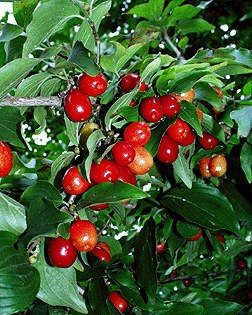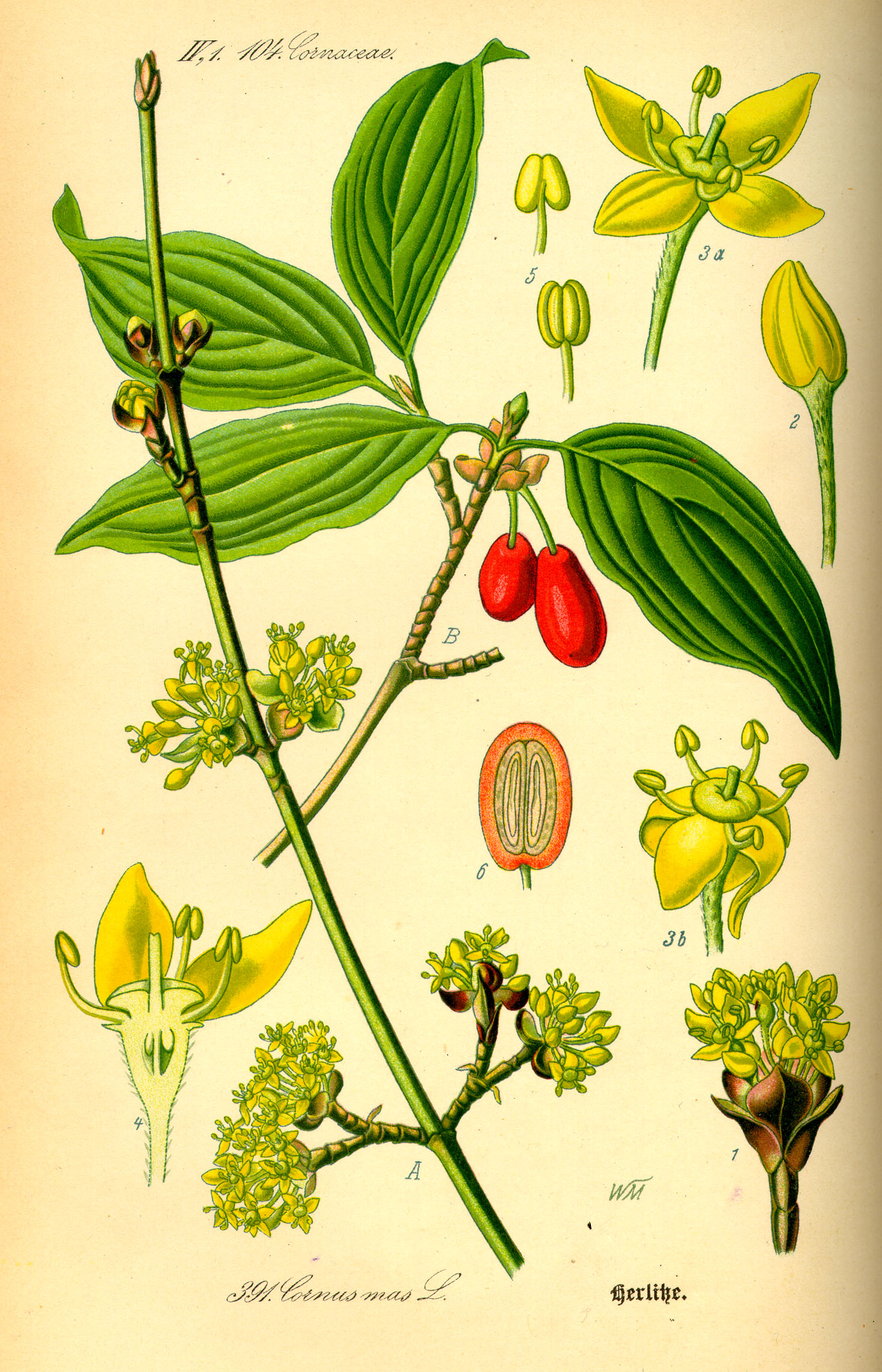
Our first fern for a Plant of the Day post! This fern has two types of emerald green foliage that can give a garden a woodland feel. The upright foliage is spore producing and eventually dies back in late winter but can add height to an otherwise low lying plant as well as showcase the beauty of unfurling fronds. The fronds closer to the ground are sterile and more plentiful on older plants and last all year round keeping your garden green even in the winter. As the spore producing fronds turn brown they can be cut back to allow for new growth and a tidy plant.
Latin Name: Blechnum spicant
Family: Polypodiaceae
Common Name: Deer Fern
10-Year Height: <6' (can get up to 3' wide clumps)
Best Exposure: Full Sun to Part Shade
Evergreen











